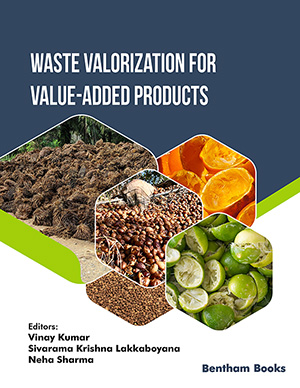Abstract
Background: Organosulfur compounds within petroleum have far-reaching consequences for the refining industry, combustion of petroleum products, and environmental quality. They induce corrosion in refining equipment, hamper the efficient burning of petroleum products, and contribute to environmental degradation. In high-density asphalt crudes, these compounds are predominantly concentrated within asphaltenes. However, crude oils with extremely high sulfur content, may be distributed across the four constituent families defined by the SARA analysis of crude oil composition. These compounds, characterized by differing polarities, can trigger the formation of a dispersed phase, whose destabilization results in tube clogging issues.
Methods: The research problem focuses on understanding how sulfur composition affects the formation of a dispersed phase in low-polarity organic dispersion media for sulfur-containing hydrocarbons. It is investigated because the presence of sulfur in crude oil significantly affects the behavior of dispersed phases, which can result in operational and environmental quality issues to comprehensively assess the impact of sulfur composition on the dynamics and stability of this dispersed phase, we introduce a mesoscopic model based on the master equation. This model considers the molecular structure of system components and their molecular properties, established through computational quantum chemistry and statistical thermodynamics tools.
Results: While our research focuses on a two-phase system, our theoretical insights suggest that increased sulfur content escalates the likelihood of destabilizing the dispersed phase. This adverse effect can be mitigated by incorporating additives capable of reducing the polarizability of the dispersion medium. The novelty lies in the development of a stochastic model to predict the dynamics of dispersed phase formation in sulfur-containing hydrocarbons. This model considers molecular interactions and stochastic processes, offering insights into the influence of sulfur composition on phase behavior.
Conclusion: A stochastic model, based on molecular structure, predicts accelerated formation with increased sulfur concentration, reaching non-equilibrium steady states. Limitations include ad hoc transition probabilities and the exclusion of factors like density and viscosity. Real crudes, with complex compositions, may exhibit different behavior. The presence of sulfur in the dispersion medium enhances the stability of the dispersed system. Our work sheds light on the intricate interplay between sulfur content and the performance of petroleum systems, offering potential solutions to mitigate these issues. Quantitative results include accelerated dispersed phase formation with increased sulfur concentration. Qualitatively, molecular interactions and stochastic processes were explored, highlighting sulfur's impact on phase dynamics.
Keywords: Organosulfur compounds, petroleum sulfur content, mesoscopic model, polarizability in crude, asphalt crudes, SARA analysis.
[http://dx.doi.org/10.1021/acs.energyfuels.1c02229]
[http://dx.doi.org/10.1016/j.marpolbul.2022.114344] [PMID: 36455502]
[http://dx.doi.org/10.1021/acsomega.2c01880] [PMID: 35694500]
[http://dx.doi.org/10.3390/en15207765]
[http://dx.doi.org/10.4028/www.scientific.net/AMM.331.21]
[http://dx.doi.org/10.1039/C1RA00309G]
[http://dx.doi.org/10.1080/15422119.2017.1288633]
[http://dx.doi.org/10.1016/j.pecs.2023.101110]
[http://dx.doi.org/10.1021/acs.energyfuels.3c01466]
[http://dx.doi.org/10.1002/adfm.202213966]
[http://dx.doi.org/10.1016/j.colsurfa.2021.127134]
[http://dx.doi.org/10.1016/j.jprocont.2022.04.020]
[http://dx.doi.org/10.1080/10916466.2022.2094959]
[http://dx.doi.org/10.1016/j.colsurfa.2021.127604]























